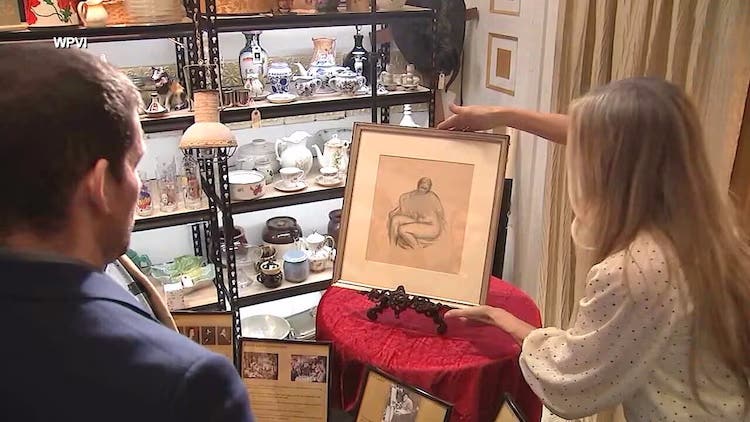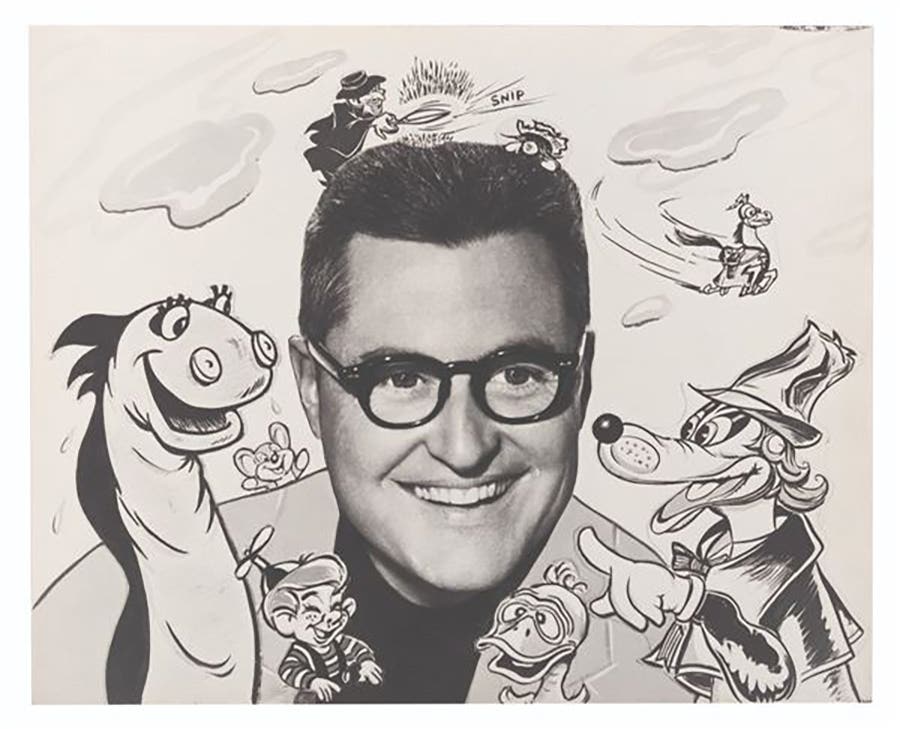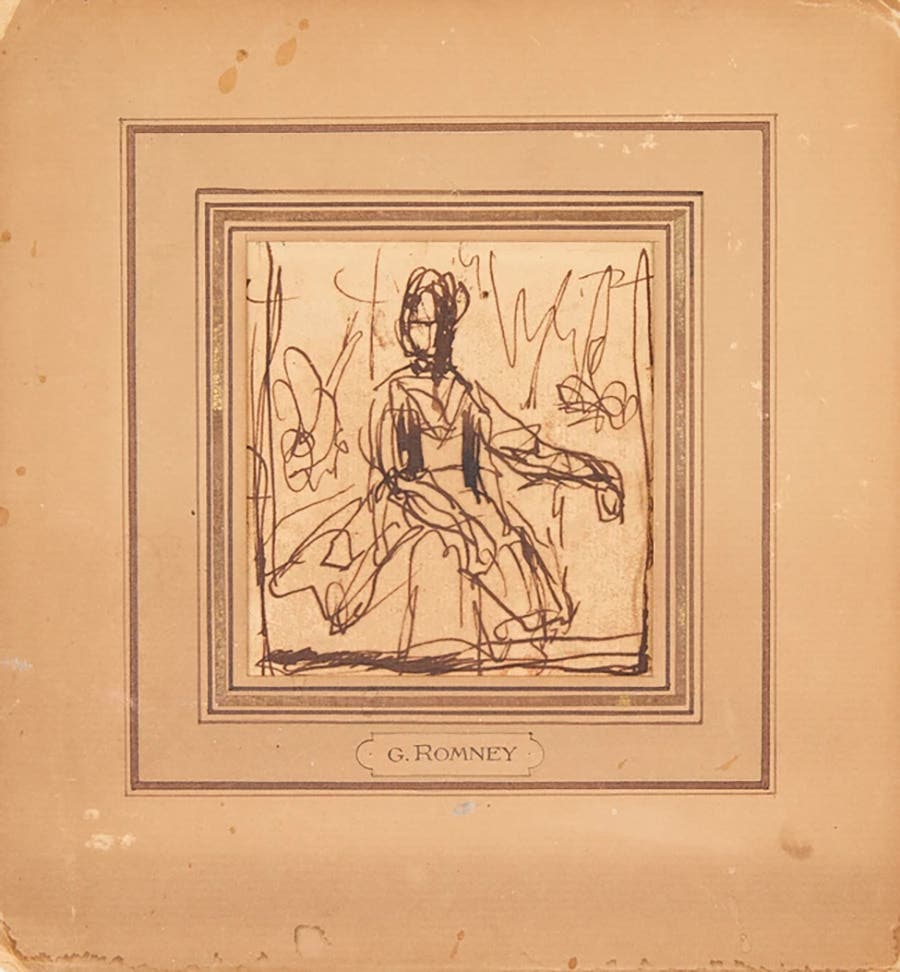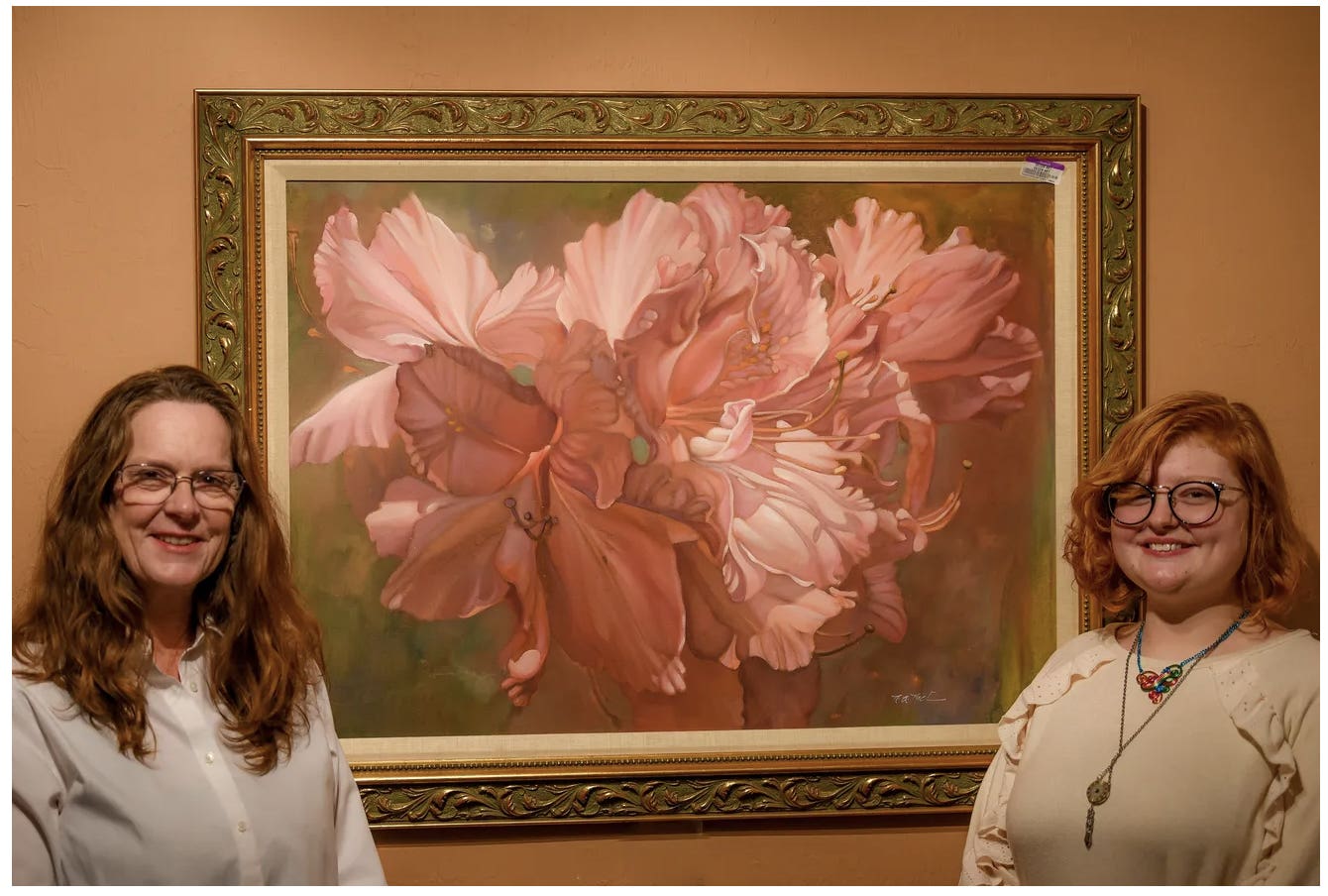Art Markets: Do you really own your WPA artworks?
When it comes to Works Progress Administration art a best practice is to confirm authenticity before attempting to sell.
When Franklin D. Roosevelt became President of the United States in 1933, he inherited a nation where commerce had slowed to a crawl. One in four workers had no work, banks were bankrupt and the hungry waited for handouts in long bread lines. Roosevelt never campaigned on the promise of bringing art to the American people. But art became an integral part of his New Deal program to pull the U.S. out of the Great Depression.
WPA's Legacy of Empowering Artists
Among the “alphabet soup” of new agencies that executed the New Deal agenda was the Works Progress Administration (WPA). Rather than putting unemployed men on the dole, the WPA provided them with jobs in public work projects. These projects include constructing roads, bridges, schools and other public buildings. Soon enough, the WPA’s scope expanded to the arts.
The WPA created theater work for such then-unknown actors as Orson Welles, Burt Lancaster and Joseph Cotton; it found projects for musicians who performed concerts and taught music in schools; its writers program helped sustain or launch the careers of John Steinbeck and Saul Bellow; and its Federal Art Project division employed thousands of visual artists. Those culture workers produced posters, stage scenery and other ephemeral items as well as more enduring work. Paintings and murals commissioned by the WPA often depicting heroic images and American life and ideals. These paintings are visible on the walls of court houses, post offices, schools and other public institutions. They were meant for the public, not private ownership.
Unlike government sponsored art during those same years in Italy, Germany and the Soviet Union, the Roosevelt administration did not prescribe one particular style for the WPA artists (or punish them if they defied the rules). However, certain expectations were in place. The art had to be representational. It leaned to represent toward heroic or idealized scenes from contemporary or historical America. Simplicity and directness were the understood parameters.
Democratic Common Theme
Many of the artists employed by the WPA worked in a style, sometimes identified as “regionalism” or “American scene painting,” associated with prominent painters such as Grant Wood, Thomas Hart Benton and John Steuart Curry. Those artists were moved by a democratic impulse toward lowering the barriers between high and low art; they did not mimic the academic realism of past centuries but incorporated the simplified lines and dynamic composition of modernism.
They paid for their anti-elitism with the scorn of the elite. For decades after World War II, the sort of painting associated with the WPA was unfashionable. The art was derided by critics and ignored by historians for whom art had evolved past representation and into abstract expressionism. Ironically, two of America’s greatest abstract expressionists, Mark Rothko and Jackson Pollock, had worked for the WPA in the 1930s.
Attitudes changed by the 1980s as abstraction receded and a “new realism” took hold in the art market. “American scene painting,” and with it the art of the WPA, was reevaluated. Values climbed.
Exploring WPA Commissions
Recently, I had the opportunity to research several WPA artworks. When, as luck would have it, two separate and unrelated clients brought in what turned out to be WPA commissions. The first client, from the Chicago area, was executor of an estate. In what has become a typical scenario, a household of stuff needed to be sorted and removed from the home before selling the property. Questions often arise when determining value for artworks and inevitably an appraiser is called upon to sort the common and usually valueless artworks from a potential rare find. The artworks the executor brought to me were removed from a dark corner in the basement of the home. Musty with some mold, the first half dozen framed prints were reproductions by Renoir and other French Impressionists and of little value.
Then came the portrait of Teddy Roosevelt, an oil painting on stretched canvas with no signature.
Closer inspection revealed a hard to interpret monogram with the initials JS – maybe. The workmanship was good but nothing more. I glanced down at the bottom of the frame and on the panel was a plaque which read WPA Museum Extension Program – Ill. The Museum Extension Program's goal is to educate immigrant children. Many of them were in the process of learning American history and the English language.
Representing Culture of the Day
A portrait of Theodore Roosevelt might have served as a visual tool to illustrate the cousin of the
current president, Franklin Roosevelt.
A second painting, an urban neighborhood scene stylized in a rugged Ash Can School manner, had a partially removed label on the verso which revealed Federal Works Projects, WPA Art Identification.
The label and the wood frame beneath had evidence of water damage suggesting a portion of the label had washed away from minor flooding.
Several weeks later another client brought in yet another portrait of Teddy Roosevelt, this time for cleaning and minor restoration. The oil on canvas was smaller than the previous painting but the age of the Rough Rider, his distinctive eye glasses and blue tie, were the same. The painting bears no signature but it's strikingly similar to the WPA painting from the Illinois client. A quick internet search lead me to the Library of Congress where the photographic archive revealed a photo of T.R. circa 1900-1910 from which the portraits were most likely inspired and copied.
Check Before Selling
A watercolor of a 1930s small town backstreet came to my attention within days of the Roosevelt paintings. Again it bore a plaque, this time reading Public Works of Art Project attached to the frame. An estate sale find, the artwork was nicely executed in muted watercolor wash with bare trees and an old automobile parked in an open garage. Signed Bernice Ramthun, the artist is referenced in the archive of the Museum of Wisconsin Art as part of the Federal Art Project and the artwork is a fine representation of WPA work depicting rural America in the 1930s.
Desirable as much of this work is to today’s collectors, think twice before trying to sell pieces identifiable as resulting from WPA commissions. My clients were unanimously surprised when I explained that their artworks were still considered federal property and the government wants them back.
According to “New Deal Artwork: Ownership and Responsibility,” a web page from the General Services Administration, the GSA, an agency responsible for managing federal property, is working “to locate, identify and recover lost portable works of art produced by artists through the New Deal era federal art programs of the 1930s through the mid 1940s.”
WPA is Public
Apparently, a good deal of WPA art fell into private hands over the years. Most of the private citizens holding WPA pieces have no idea that the U.S. government wants their paintings back. Some ideas that have been shared may be mutually beneficial to the holders and the feds. One is that citizens could receive a tax donation for returning their art to the government.
However, active pursuit of missing WPA artwork has not and is not occurring at this time. You have no need to fear a knock on the door by FBI agents with a warrant to search your art collection – at least not in the near future.
If you like what you've read here, we invite you to check out the Antique Trader Antiques & Collectibles 2018 Price Guide.








